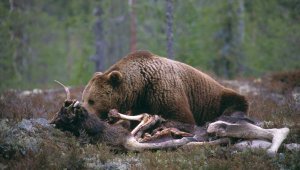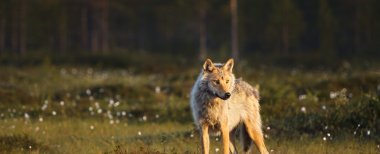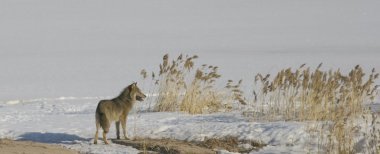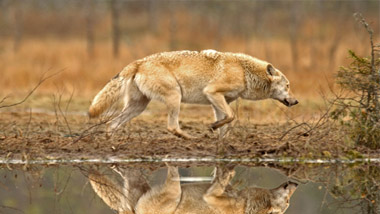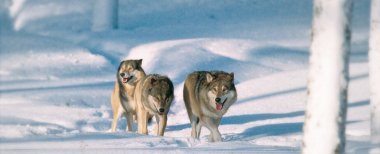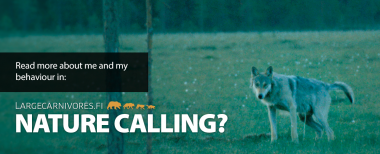Management plan for the Finnish wolf population
The Ministry of Agriculture and Forestry approved the new Management Plan for the Wolf Population in Finland on 5 November 2019. The updated management plan is based on the Management Plan for the Wolf Population in Finland adopted in 2015. It is the third management plan concerning the wolf population implemented in Finland.
Learn about large carnivores in Finland at largecarnivores.fi
Wed Jun 22 10:00:00 2016
Finland has long experience in conserving large carnivores and managing their populations, and indeed there is wide interest abroad in the Finnish policy on large carnivores. This is why the Finnish suurpedot.fi website is now also available in English at largecarnivores.fi. This allows us to give information and take part in the exchange of information and views on large carnivores across Europe.
Largecarnivores.fi website offers a lot of information on the four large carnivores in Finland: wolf, bear, lynx and wolverine. Besides the highly popular details on the species and their tracks there is information on the conservation and management of large carnivores and their position in society.
“We wish to tell about the varying interests relating to large carnivores from the perspective of management, conservation or, for example, reindeer husbandry,” says Sami Niemi, Ministerial Adviser at the Finnish Ministry of Agriculture and Forestry.
The English language website is an information window on large carnivores in Finland for the international media, NGOs and all those interests in the matter.
The website is maintained by the Finnish Ministry of Agriculture and Forestry, Metsähallitus, the Finnish Wildlife Agency, the Natural Resources Institute Finland and the Ministry of the Environment.
Inquiries:
Sami Niemi, Ministerial Adviser, Ministry of Agriculture and Forestry, Finland, tel. +358 295 162 391, forename.surname@mmm.fi
Sightings as the basis of population estimates
Natural Resources Institute Finland's (Luke) estimates on the numbers of animals are primarily based on sighting data collected by a volunteer organisation consisting of the contact persons of regional game management associations. Other utilised methods include on-the-ground censuses made by hunter...
EU and the conservation of large carnivores
As a member of the European Union, Finland commits to taking EU legislation into account in its decision making. The Directives of the European Community are incorporated into national legislation, which extends their reach to also cover all private operators. The status of large carnivores is regul...
